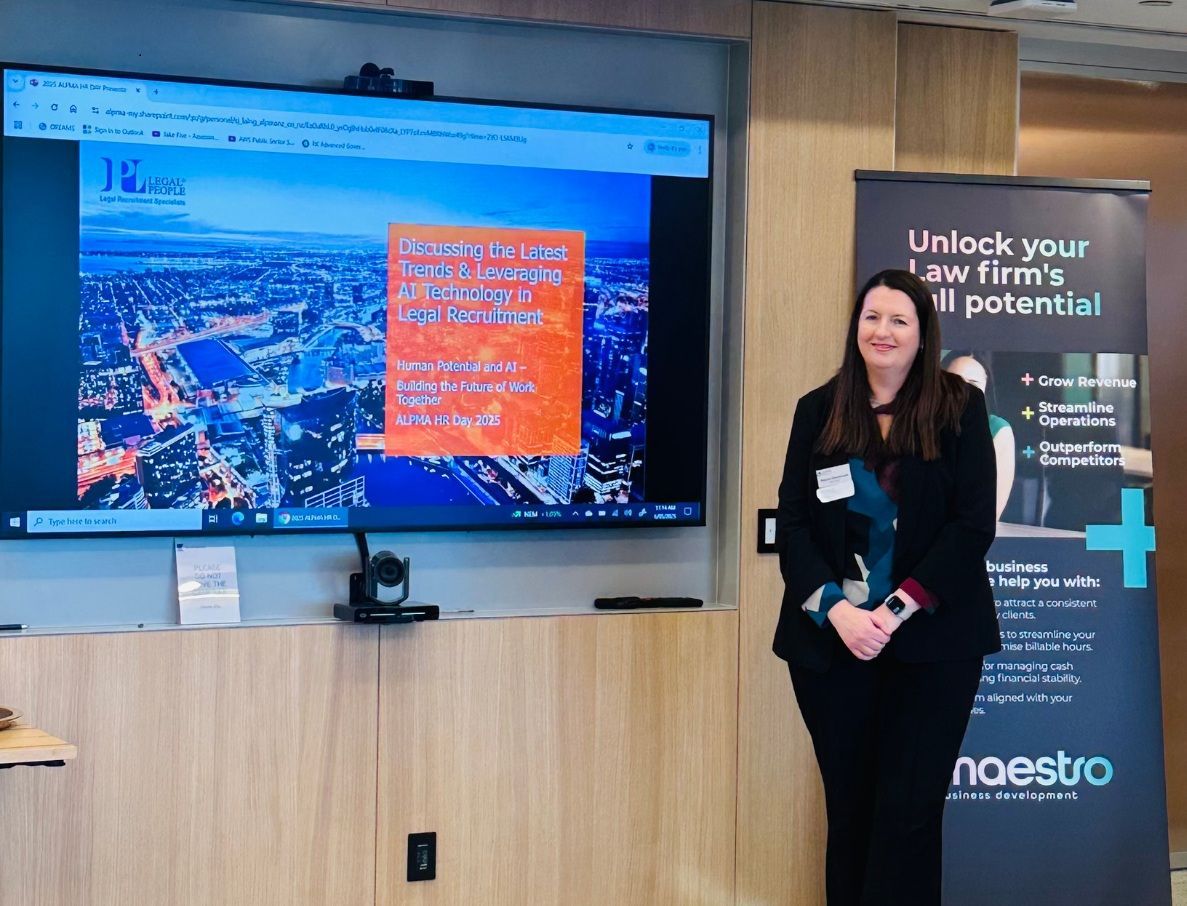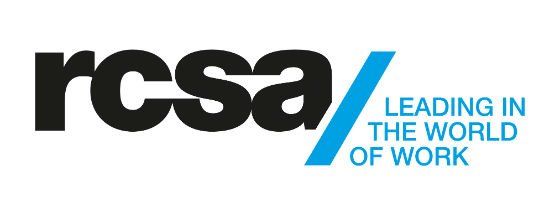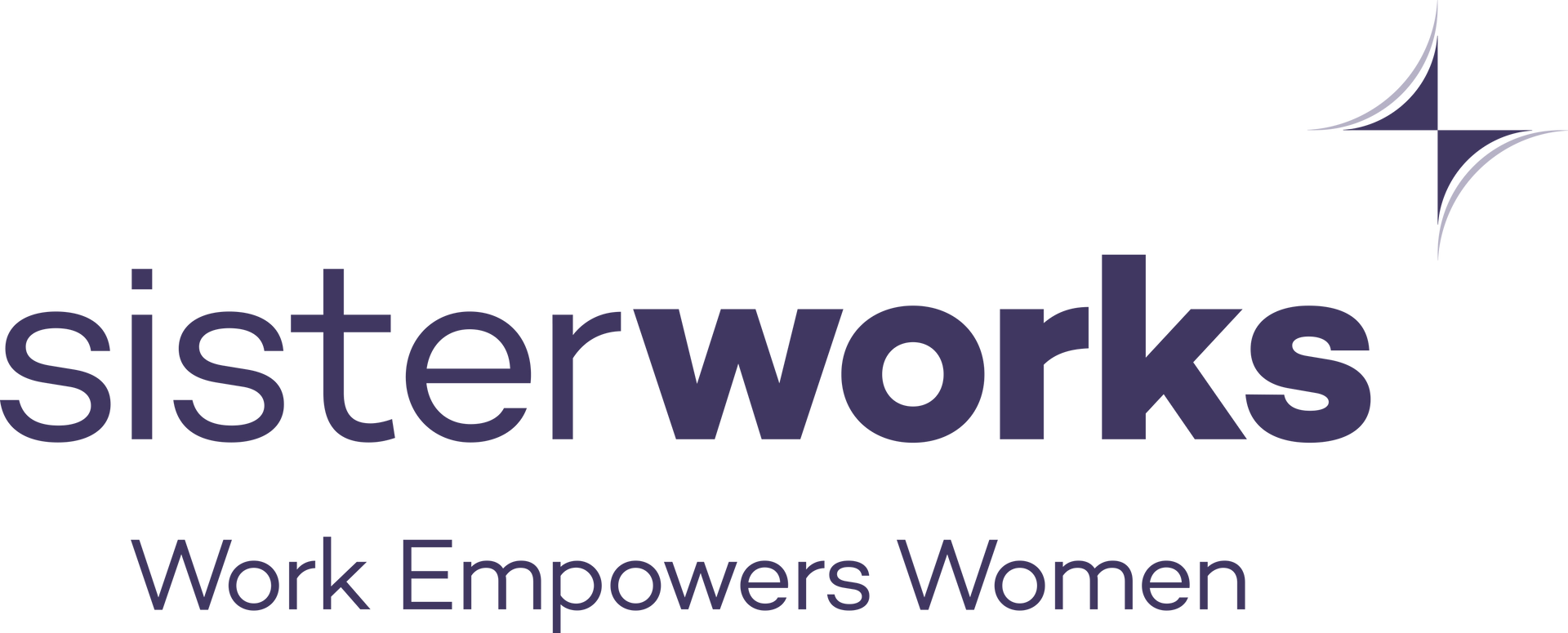Networking on LinkedIn
LinkedIn is now used by 414 million professionals across the world. It is a powerhouse of professional networking and can be used to stay in touch, research companies or find great roles.
Statistics show that up to 85% of new roles are not traditionally advertised. This means that your network has become even more important when it comes to landing a new role. LinkedIn can help you stay front of mind for your friends, colleagues and business contacts.
It is important to remember networking on LinkedIn is not a numbers game. You do not get any points for having the most connections. It is important to use this tool like you would any other. In a professional manner to build authentic relationships and engage in conversations.
Step 1: Decide what type of networker you are.
Some people keep their LinkedIn connections to those colleagues or business contacts that they have worked closely with and know well.
Others have an “open networking” rule and connect with people when they are invited even if they have not met them in real life. Often they might check the persons’ profile first to make sure they are a legitimate and interesting contact.

It is important to respect that even though you might be an “open networker” those that you are inviting to connect might not be.
It is important to respect that even though you might be an “open networker” those that you are inviting to connect might not be.
Step 2: Invite people to connect
Start with the colleagues and contacts that you know well. Always maintain a professional tone. One of the unwritten rules on LinkedIn relates to self-promotion (Don’t do it!). It is also important to never spam people on LinkedIn.
Always use a personalised note on an invitation to connect. If you are hoping to connect with someone you don’t know well, it is a good idea to explain to the person why they might like to connect with you.
Step 3: View Profiles
People have a natural sense of curiosity. Turn your privacy settings to “select what others see when you view their profile”. Then select show your name and title.
Ensure you keep your profile up to date: Often this is your first impression to a new connection. It should include a professional headshot and present the best version of yourself.
Often when people see that they have viewed their profile, they will in turn view your profile. This may lead to an invitation to connect. You could then send them an invitation to connect. You would state that you noticed they viewed your profile and that you would be interested in connecting with them.
Step 4: Join relevant groups and interact
Find the groups that are relevant to your industry. Join in on interesting discussions. You can find groups that are relevant to you via this link. https://www.linkedin.com/groups/discover
Some groups will be closed to members, and some are open to the public. Remember to follow etiquette rules, make sure you minimise self-promotion and never spam a group. You can offer helpful advice or an expert opinion and this will help build your connections and followers.
Step 5: Follow a Company Page
Do you have a dream employer? Is there a firm you have always wanted to work for? Follow their company page, like their updates and interact when you can. This can lead to them viewing your profile and even a connection request.
Do you leverage LinkedIn as a networking tool? Spend 10 minutes a week interacting and connecting with your network and see how you go.














